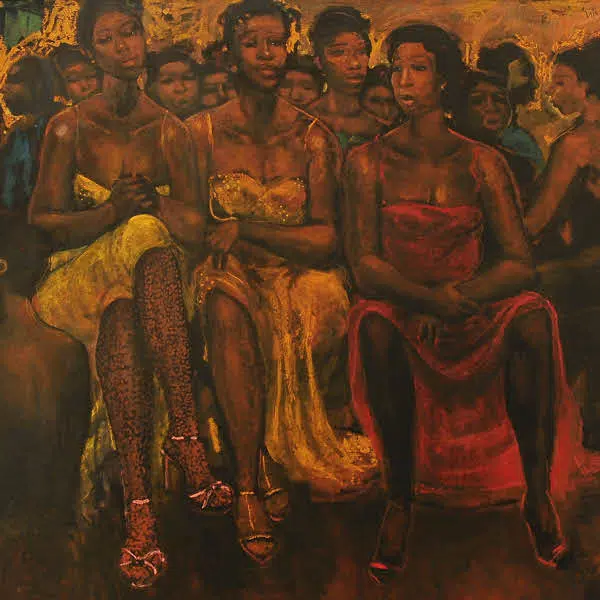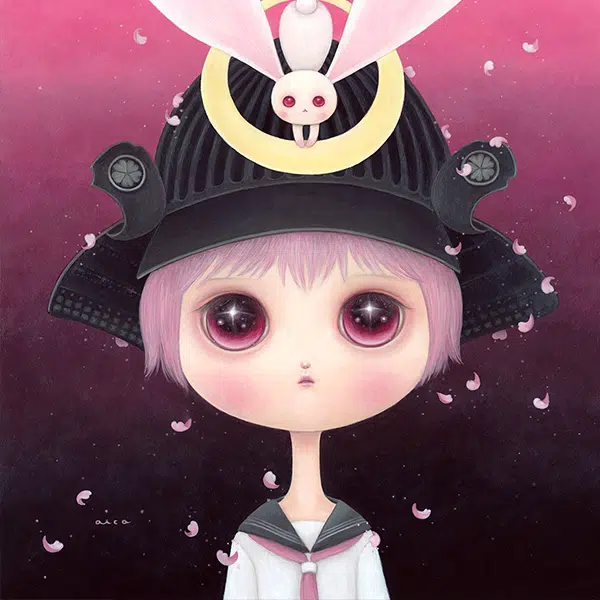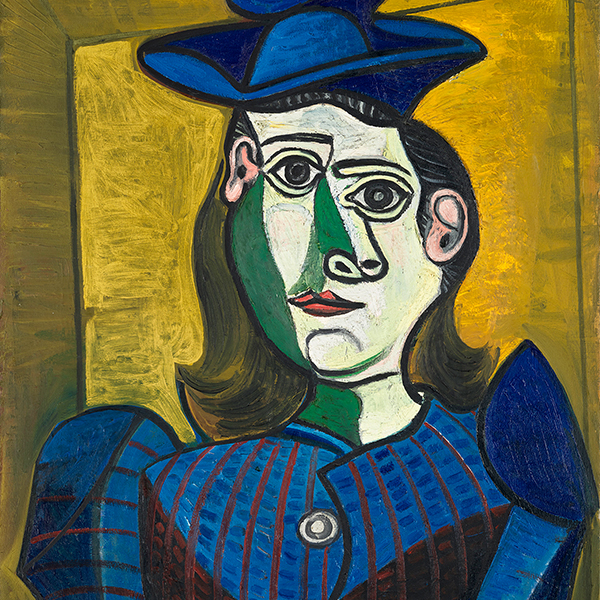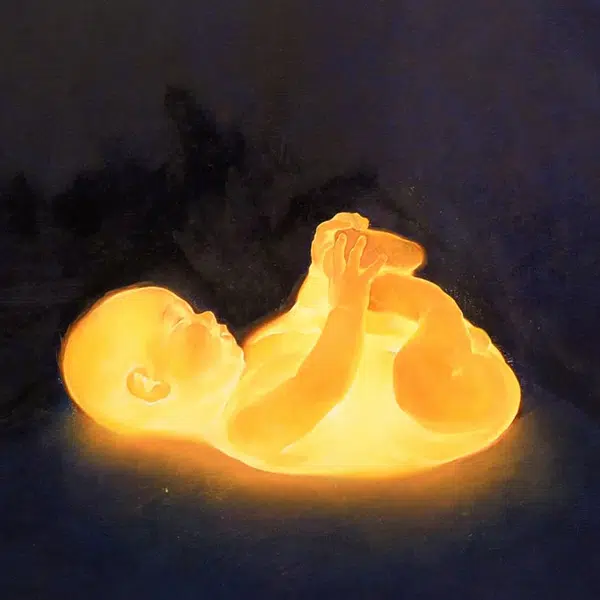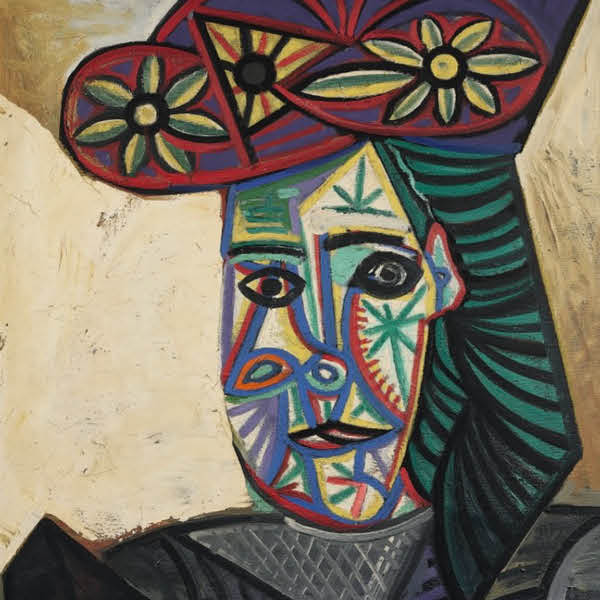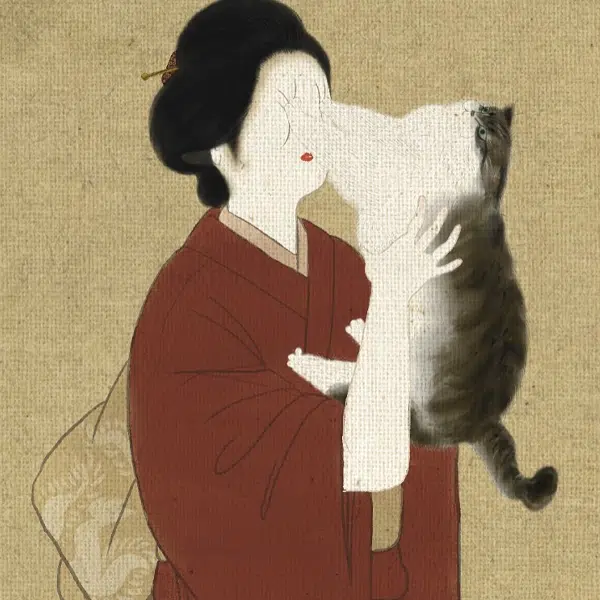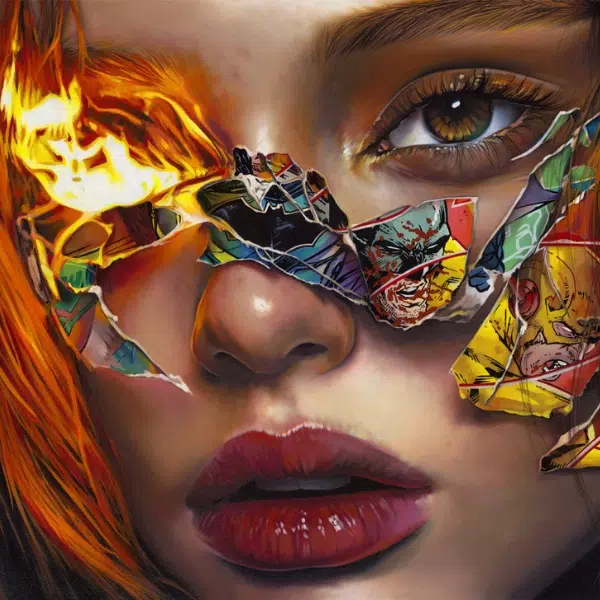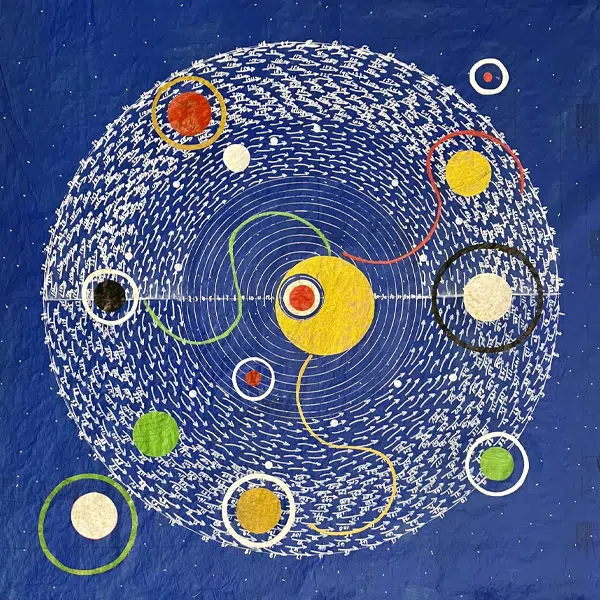
Artist Thomas W. Schaller combines a passion for architecture and storytelling into emotional landscape watercolor paintings. Originally trained as an architect, he found himself drawn to images of the built environment and eventually left designing behind to pursue fine art on a full-time basis. His education places him in an ideal position for architecture painting. Schaller understands how to design structures and knows what attributes to include and what he should leave out. At the same time, he's able to tap into the feelings we get from visiting a city—such as a sentimentality—to produce pieces that are both beautiful and alluring.
Schaller looks at his architecture paintings as narratives meant to raise more questions than they answer. Within the diffused watercolor washes and faint shadows, he relishes the mystery. “My work is an invitation for you to ask your own questions, and tell your own stories,” he says. “It is my hope that painting can act as a sort of bridge between one world and another allowing for both personal—as well as more universal—forms of communication.”
We had the pleasure of speaking with Schaller about his work, including just how prolific a painter he is. Guess how many pictures he’s completed and then scroll down for My Modern Met's exclusive interview.
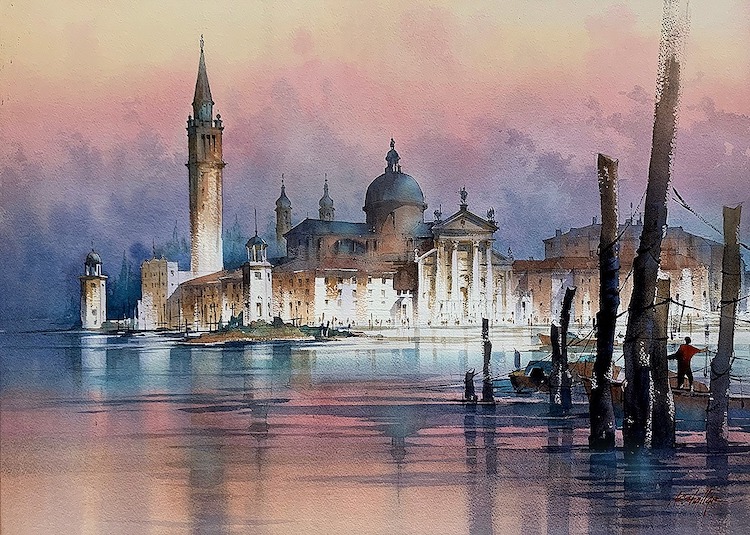
What came first: a love of architecture or a love of painting?
As a kid, I loved nothing more than to dream up imaginary houses, imaginary cities—under the sea, on other planets, etc. I was obsessed with the idea of “home.” I always believed that we can design the life we want, and “home” is less a place than it is a state of mind over which we all have more control than we sometimes think. So “architecture” in the broadest sense, and the drawing and painting of places, people, and things—real or imagined—have always been of equal importance.
You started your career as a commercial architectural artist. What did that involve?
I studied both art and architecture in university and eventually went on to become a registered architect. But it was always the image—drawings and paintings—of the built environment that most compelled me. So eventually, I began my own business producing concept design and design illustration for larger architecture, development, and entertainment firms. I did work as well for the theater and movie industry.
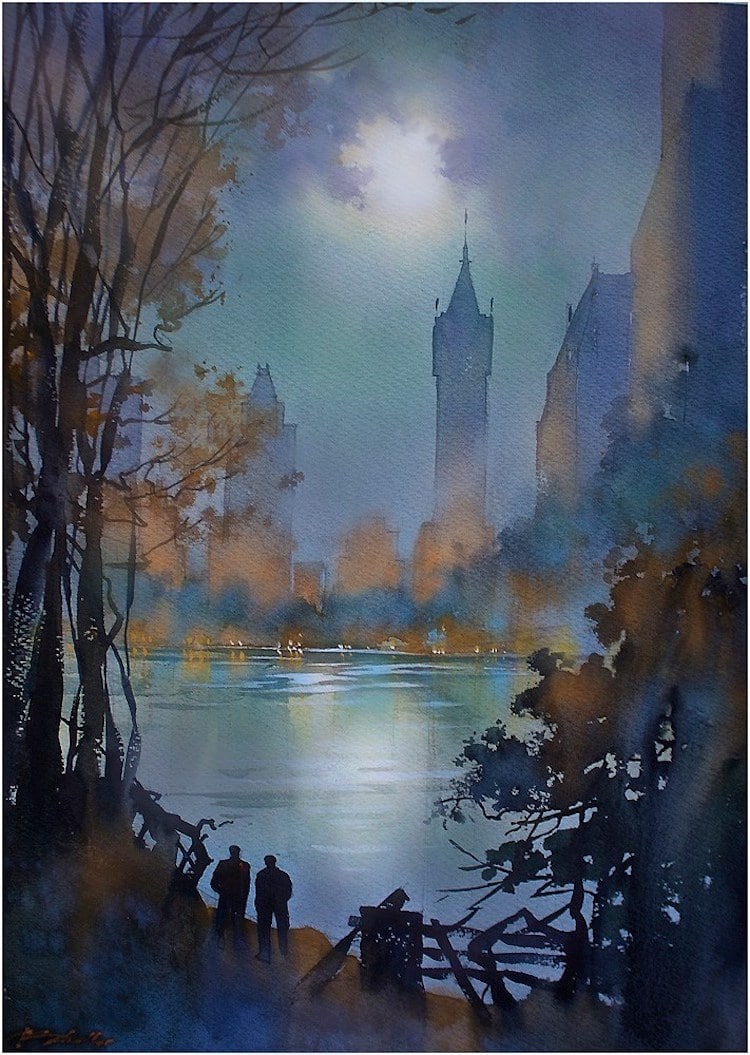

How did it prepare you for a career as a fine artist?
When I began, most illustrators in the field used pen and ink or early-stage computer images. I longed to work in watercolor because I loved it and it seemed a natural fit to evoke the emotionality and narrative power of architecture. I was inspired by the work of architects of earlier eras and I wanted to introduce elements of the French Beaux-Arts, the English landscape aesthetic, and even a bit of the power of Hugh Ferriss in more modernist work.
You identify places as having emotional weight and stories of their own to tell. How do you seek to evoke an emotional response through your work?
Since I work as a fine artist now, there are fewer commercial entities to please, so I’ve discovered something that should have been very obvious. If you want to engage the viewer, don’t tell them everything, encourage them to ask their own questions. An artist should not describe—he or she should interpret. If you design into your work a bit of mystery—areas where the viewer must “fill in the blanks”—you set up an unspoken dialog with your viewers and an emotional weight will begin to develop organically. This is just one example of course, but an important one.
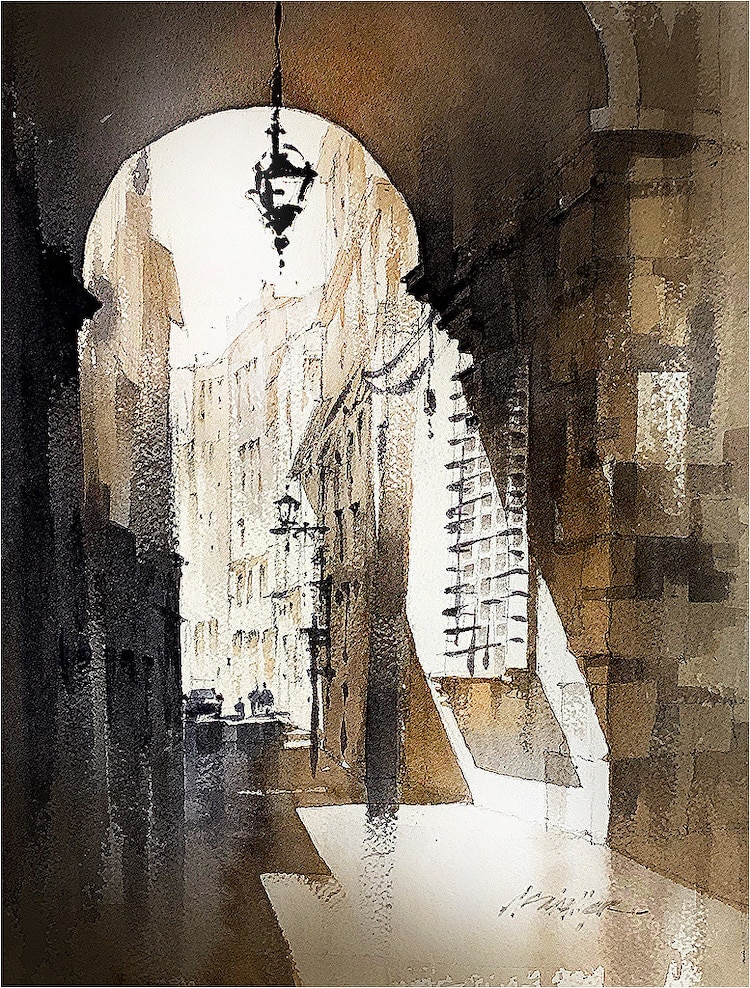
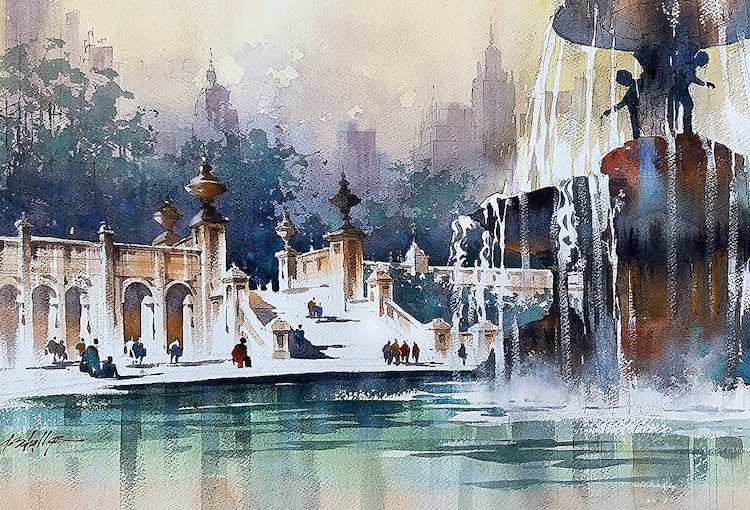
You've created a lot of work. Do you have a favorite painting?
Yes – I paint constantly. In the past 10 years alone, I expect I have produced several thousand paintings, albeit, not all of them are especially good! But I’m often asked if I feel about them a bit like “my children” and asked if it is difficult to let them go. Very rarely is that the case. I love the process of painting—of making art—but the finished painting to me is not as important. I’m only as good as my next painting.
What about it is special to you?
I have one painting that I would not sell and that is special to me. It is a distant view of a man and his dog sitting on a rocky ledge under a tree looking at a distant imaginary city. It is really an image of a man on the verge of change—contemplating an unknown future. It is not a very good painting technically, but it has an emotional weight that I wish all my work to have.
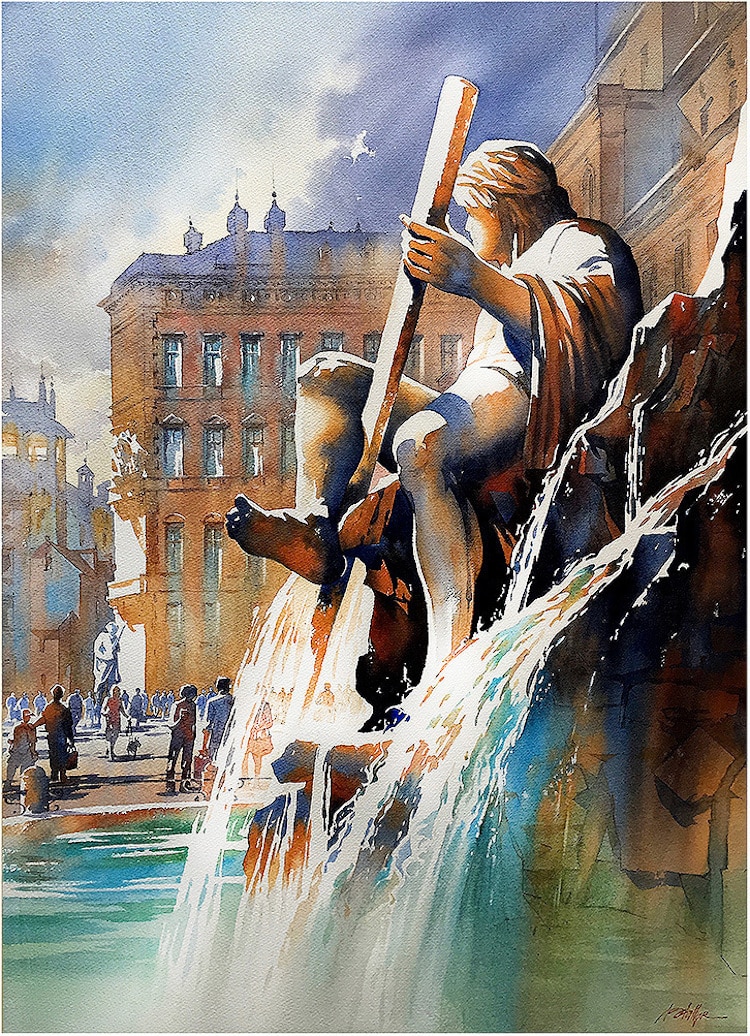
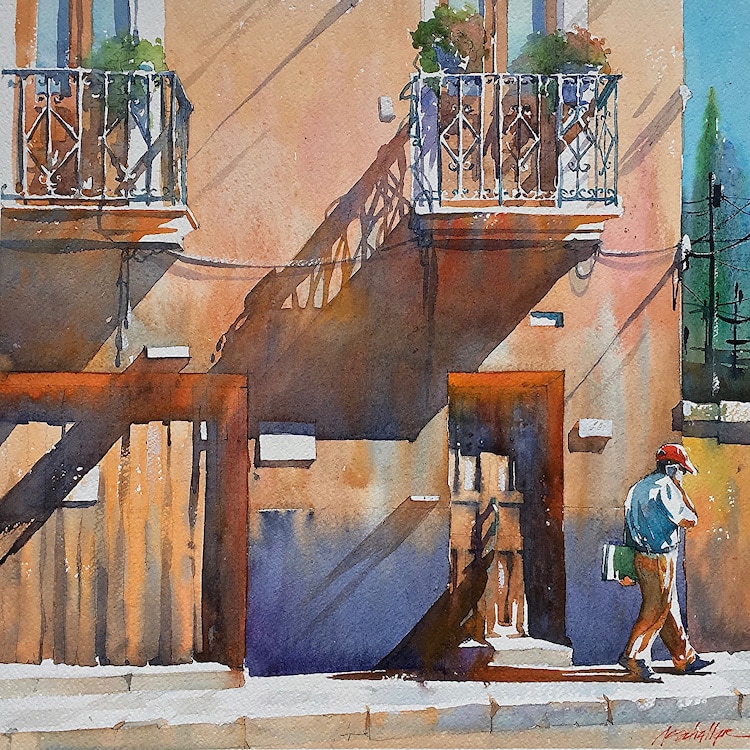
How do you think painting architecture changes the way you look at urban environments?
For me, I think it is crucial to see architecture not so much as solid, fixed objects, but as living, breathing things. Buildings, like trees and people, etc. have personalities, and they are always in a state of change. Architecture is only as good as how well it affects the people who live and work and interact with it every day.
And for the record “architecture” for me does not just mean buildings. One of my personal breakthroughs was in recognizing some years ago that in painting, everything is “architecture;” buildings, figures, trees, skies, water, even atmosphere, and empty space. And by this, I mean that since we paint on a flat two-dimensional surface, everything we express on that paper is nothing more than a collection of shapes—shapes of light and shade and of color—that can imply a sense of depth, perspective, dimensionality.
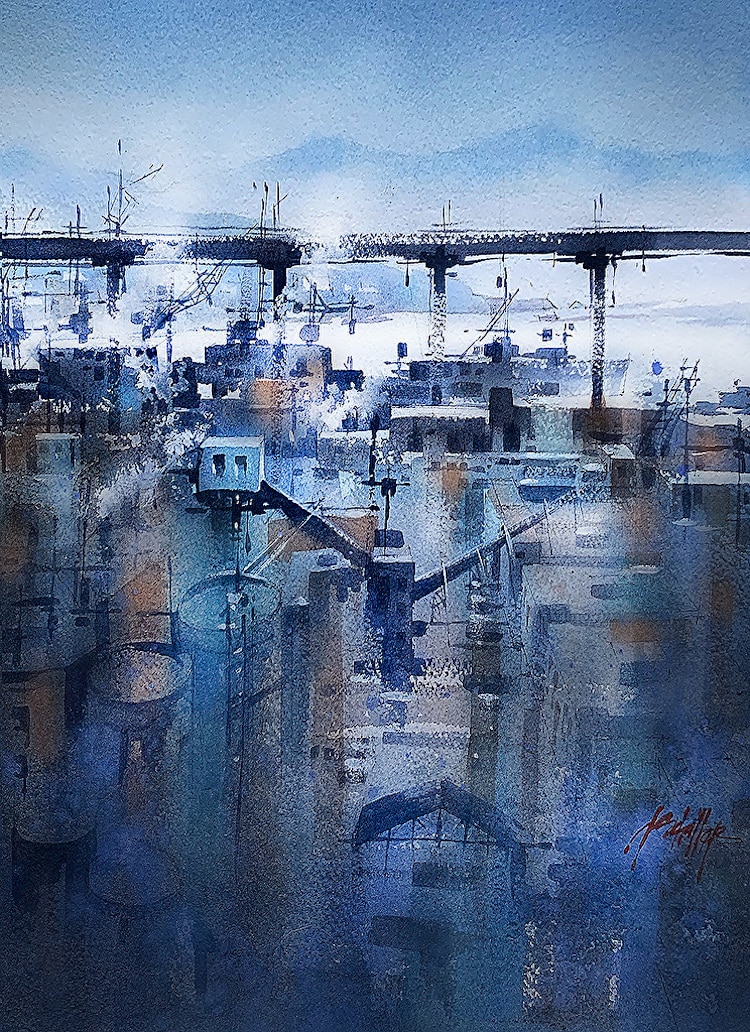

What kind of techniques do you use when using watercolor?
As in all mediums, watercolor can seem awash in special techniques. But if not selected judiciously, techniques can often look like tricks and gimmicks. None of them are wrong of course, I just mean that the painter should choose wisely to be sure that the techniques selected that best suit the intent of the work at hand. Personally, I am working hard to edit my work. I wish to use as few elements as I can to effectively tell the story I wish it to tell.
But in general my work is a study in contrasts: light / dark; vertical / horizontal; warm tones / cool tones; the manmade / the natural world; and the contrasts of time; past, present, future. Working in this way, I can orchestrate this very real sense of tension and resolution within my paintings—another way to imbue your work with emotional resonance.

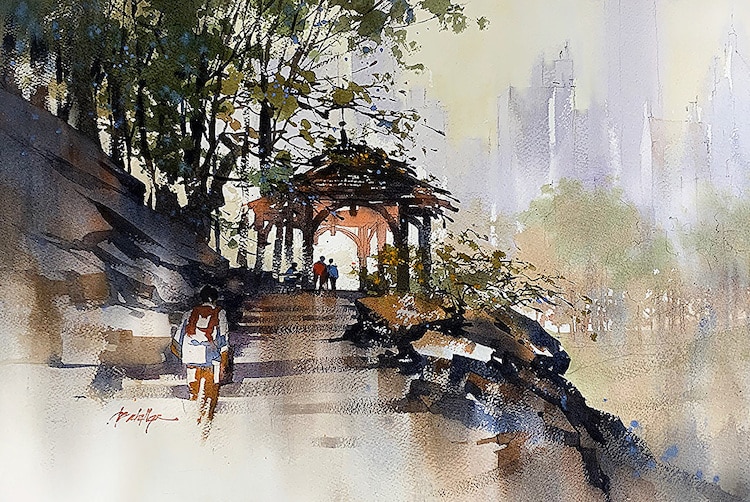
What's on the horizon for you? Anything exciting you can tell us about?
I loved the process of completing my last book and I have a few more I hope to write in the years to come. Aside from painting, writing is what I love most to do. And I see clear similarities between the two disciplines.
But in the near future, I am looking forward to a few really high profile exhibitions of my work here in the U.S. as well as in Moscow, Shanghai, and in the UK. Beyond that, I am just grateful to be able to wake up every day and paint. To have a life in which you are able to do what you most love has been a dream come true.













































































